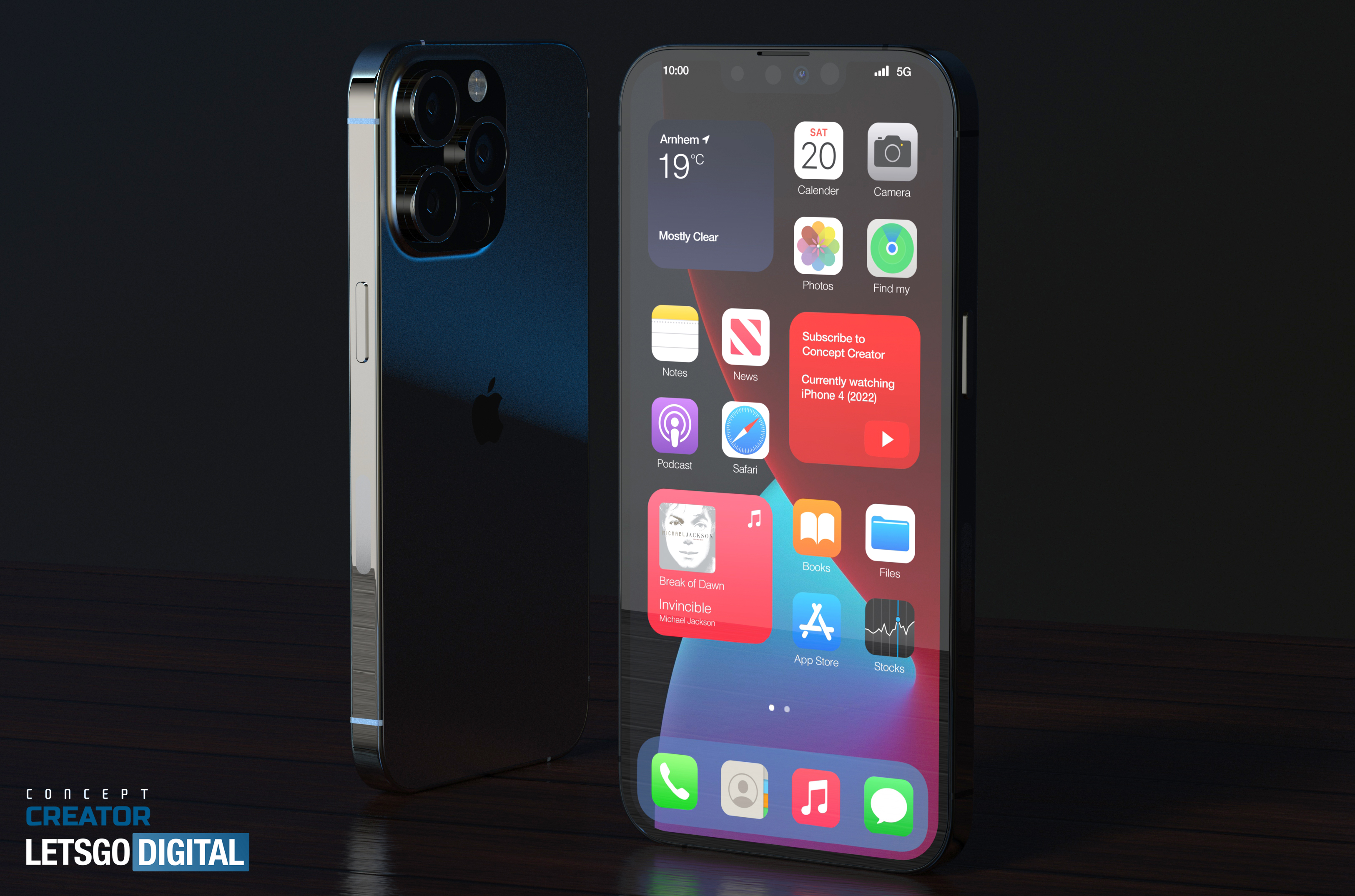Skip iPhone 13? All iPhone 14 models will reportedly feature 120Hz displays
All iPhones may get 120Hz displays — but not until the iPhone 14

Apple may be behind rivals like Samsung, OnePlus and Google when it comes to adopting fast-refreshing displays for its smartphones. But a new report claims that's going to change, as all future iPhones will offer adaptive refresh rates — and not just the iPhone Pro models.
The catch? That apparently won't be happening until next year's iPhone 14. If you want an adaptive display on your next iPhone before then, your choice will be likely be limited to the iPhone 13 Pro or iPhone 13 Pro Max.
- iPhone 13: Release date, price, specs and leaks
- The best iPhones you can buy right now
- Plus: Tom's Guide Awards 2021 — our favorite phones
That's the conclusion MacRumors reaches after the latest news out of Apple's supply chain. The theory draws on a report from The Elec, which looks at LG's efforts to ready its display-making business for Apple's future phones.
The report gets a little bit into the finer details of low-temperature polycrystalline oxide (LTPO) display manufacturing, but the long and short of it is that LG is getting the pieces in places to make the LTPO screens that can adjust their refresh rate dynamically to reflect what you're using your phone for.
By getting in a position to make LTPO screens, LG would be able to join Samsung in supplying Apple with the dynamically adjusting OLED panels. Samsung will reportedly make LTPO screens for this year's iPhone 13, but only enough to equip the Pro models with the new feature. A second supplier coming online in 2022 would allow Apple to extend that feature to its more affordable handsets.
Of course, it's not solely a matter of supplies. Adding dynamic refresh rates to the displays of its iPhone 13 Pro models would allow Apple to differentiate the two phones from its cheaper handsets. That, in turn, might encourage shoppers to pay up for the iPhone 13 Pro over the standard iPhone 13.
Like the iPhone 12 Pro, the iPhone 13 Pro is expected to start at $999, with the iPhone 13 and iPhone 13 mini retaining the respective $799 and $699 starting prices of their predecessors.
Sign up to get the BEST of Tom's Guide direct to your inbox.
Get instant access to breaking news, the hottest reviews, great deals and helpful tips.
The MacRumors report notes that the iPhone 14 could differentiate its Pro models by following-through on the long-rumored move to get rid of the iPhone's distinctive notch. Apple also could continue to add new features to the cameras on its Pro phones, further justifying their higher prices.
What to expect from the iPhone 13 vs. iPhone 14
Fast-refreshing displays courtesy of LTPO panels is one of the big changes expected for the iPhone 13 Pro, which should also see some noteworthy camera improvements when they debut this fall. All four new iPhone models are expected to have smaller notches — though the notches aren't disappearing completely — and benefit from a more powerful A15 Bionic processor.
Right now, the biggest change to the iPhone 13 and iPhone 13 mini looks to be the addition of LiDAR sensors to support more immersive AR apps and help improve portrait shots. The cheaper iPhones could also pick up the sensor-shift stabilization feature Apple introduced with the iPhone 12 Pro Max last fall.
Will that be enough to keep consumers interested in the iPhone 13 and iPhone 13 mini? For some would-be upgraders, the lack of a fast refresh rate may not be a deal killer — you can't miss what you've never had, after all. But for iPhone users who want a feature that would match what Galaxy S21 and OnePlus 9 owners already enjoy, it sounds like they'll have to pay up for an iPhone 13 Pro or wait for the feature to find its way to all iPhones in 2022.
While this year's iPhone 13 lineup is expected to feature the same four models as the iPhone 12, Apple will allegedly shake things up for the 2022 iPhones. Analyst Ming-Chi Kuo has predicted the iPhone 14 will come in two sizes — 6.1 inches and 6.7 inches — with those sizes available both as standard and pro models.
Making screen sizes more consistent would certainly make it easier for Apple's display suppliers to crank out LTPO panels in large volumes, even if it's a bit of a bummer for iPhone 13 shoppers who weren't planning on looking at the iPhone 13 Pro versions.
Philip Michaels is a Managing Editor at Tom's Guide. He's been covering personal technology since 1999 and was in the building when Steve Jobs showed off the iPhone for the first time. He's been evaluating smartphones since that first iPhone debuted in 2007, and he's been following phone carriers and smartphone plans since 2015. He has strong opinions about Apple, the Oakland Athletics, old movies and proper butchery techniques. Follow him at @PhilipMichaels.

